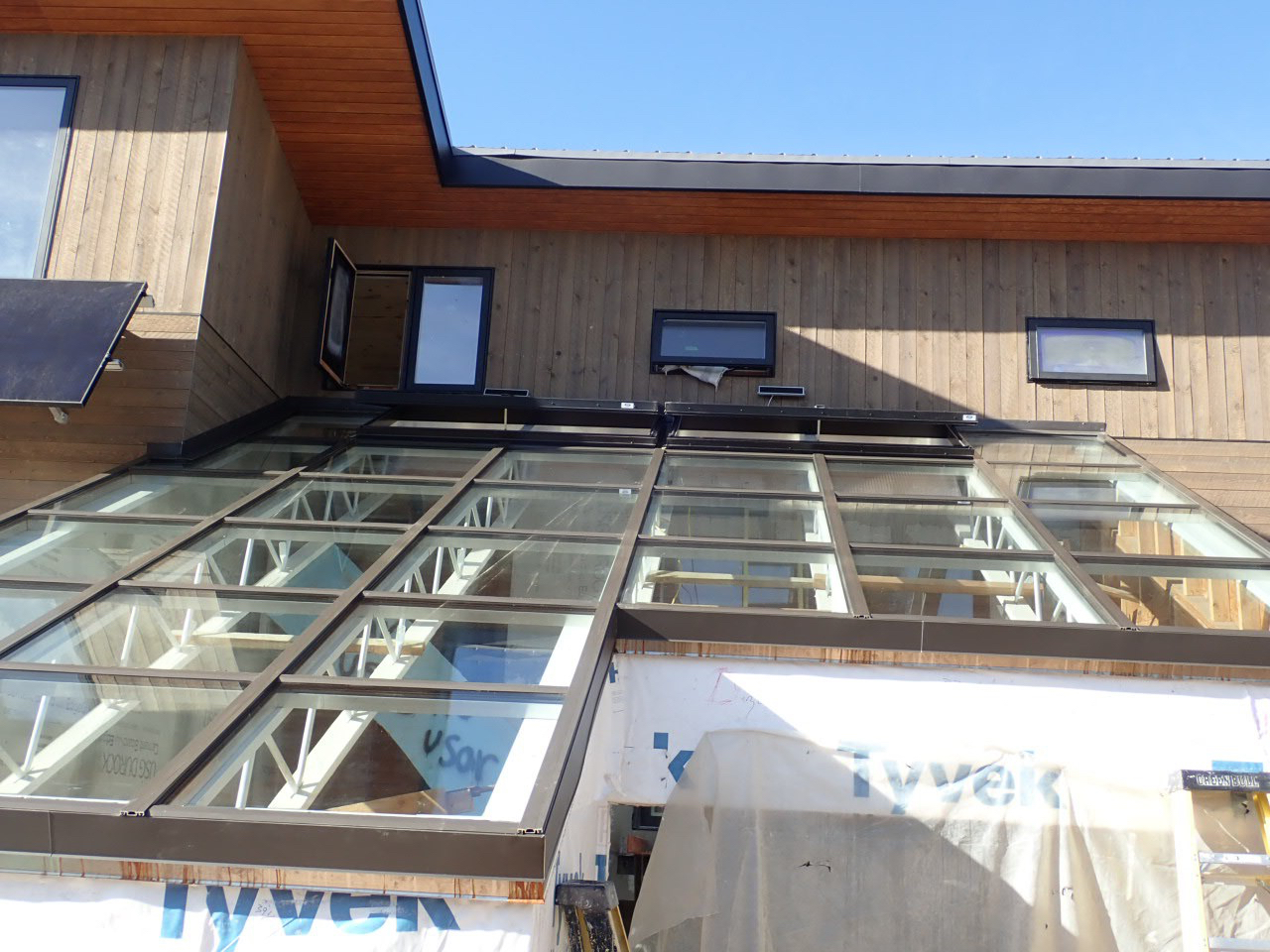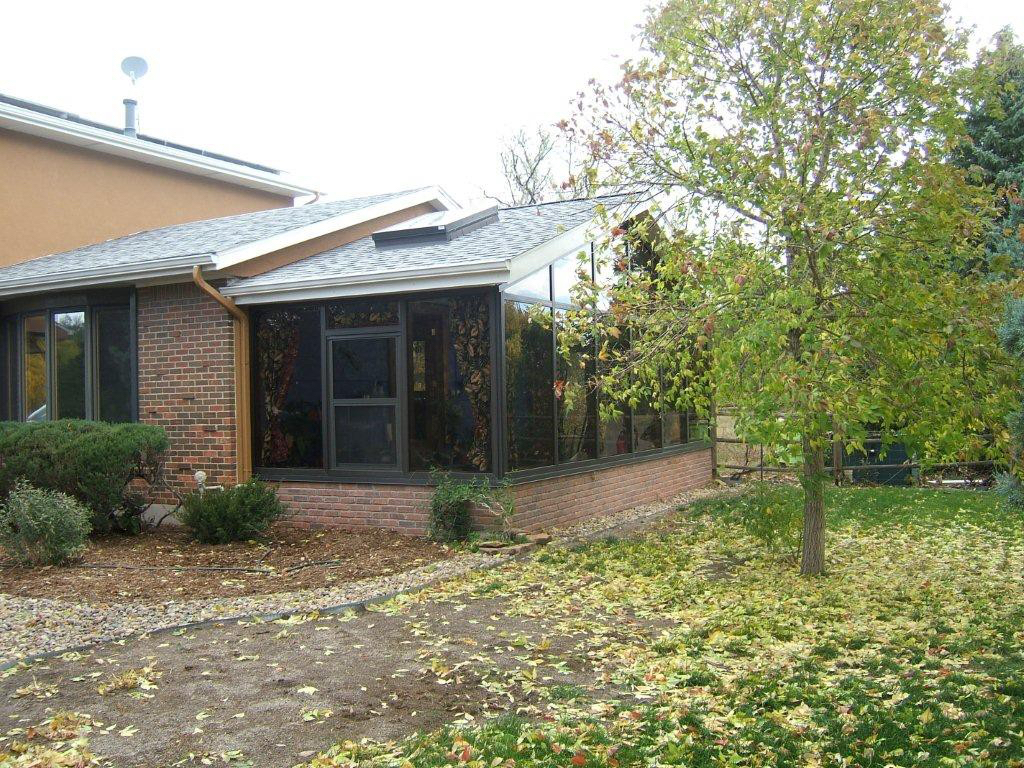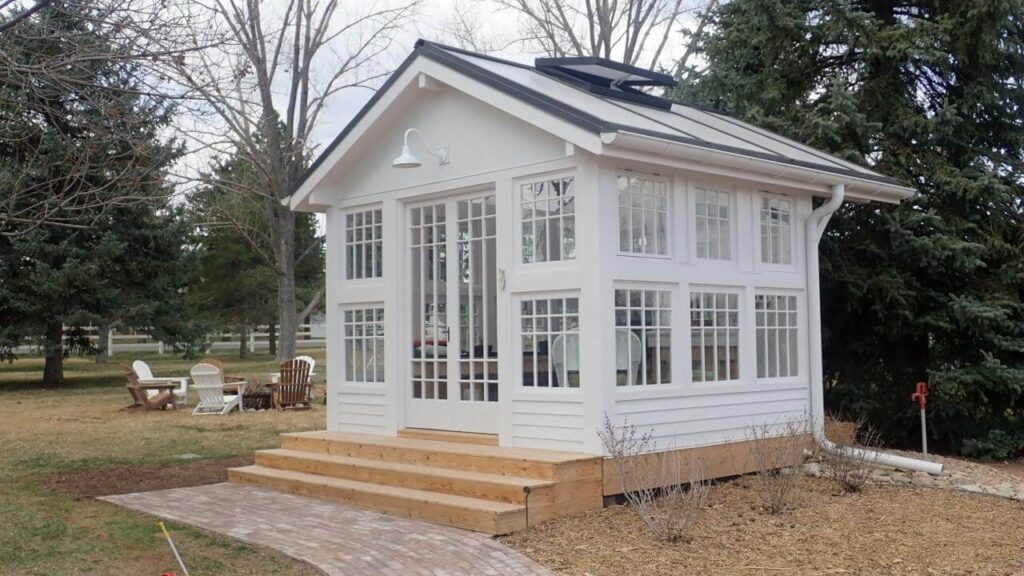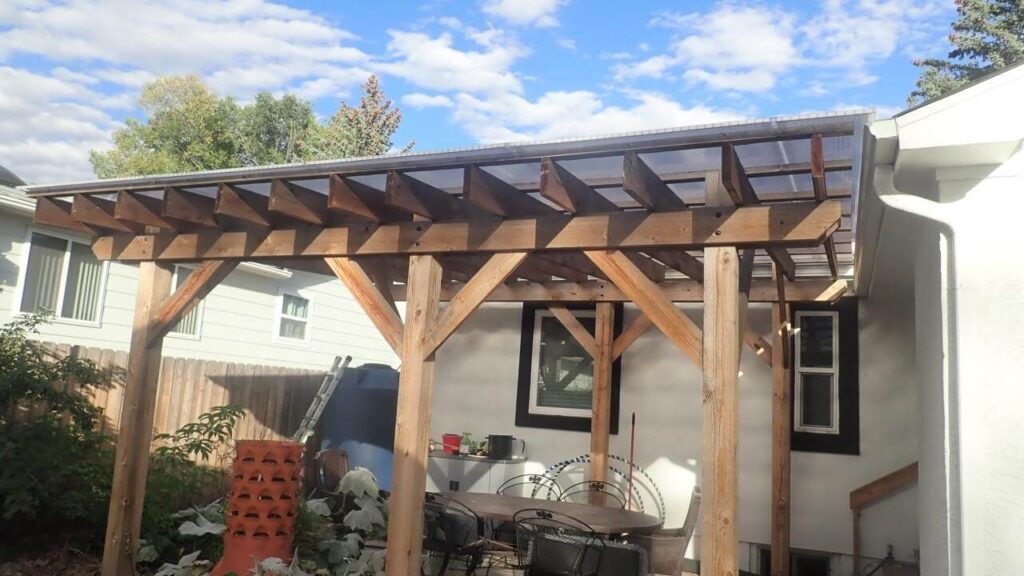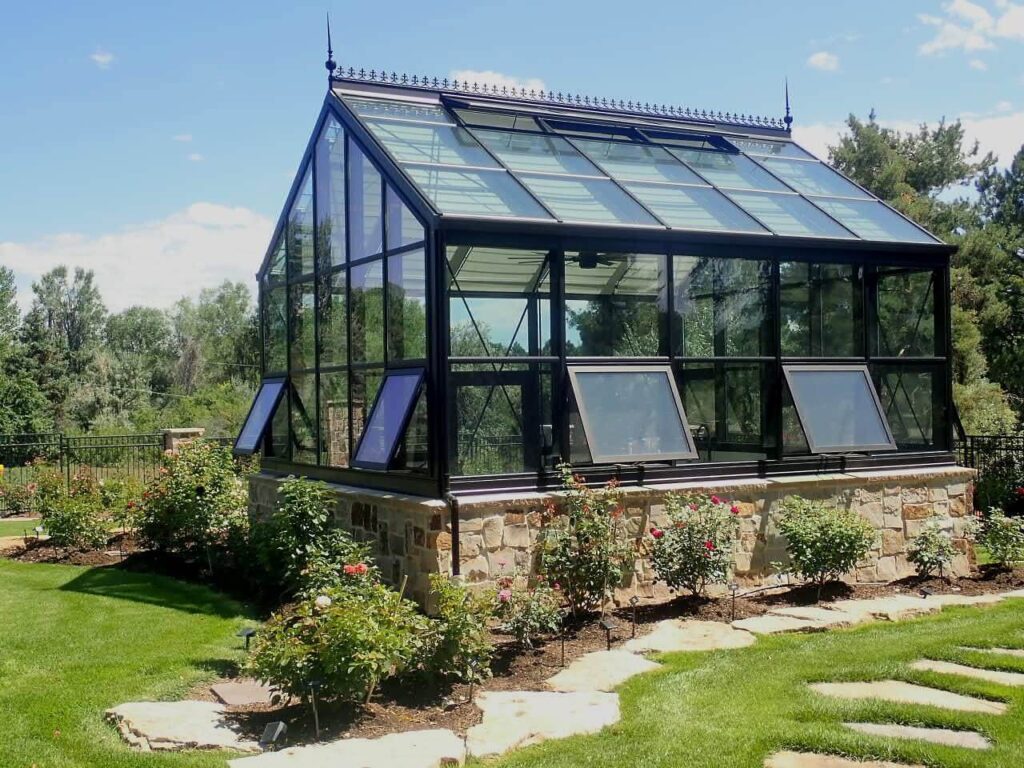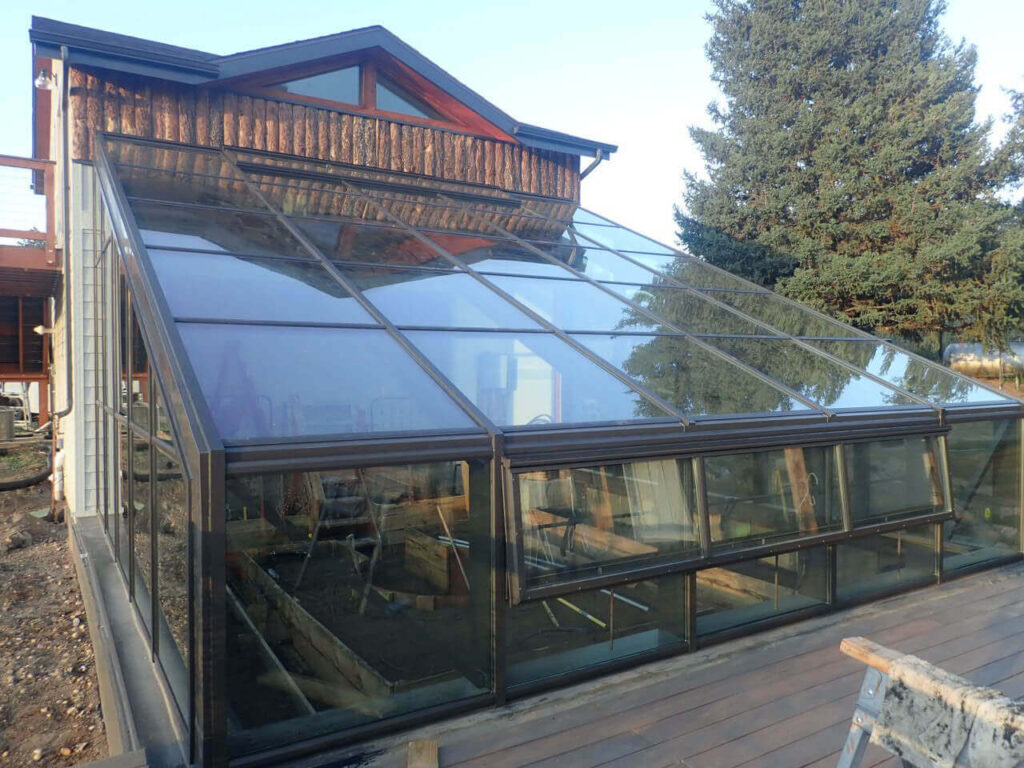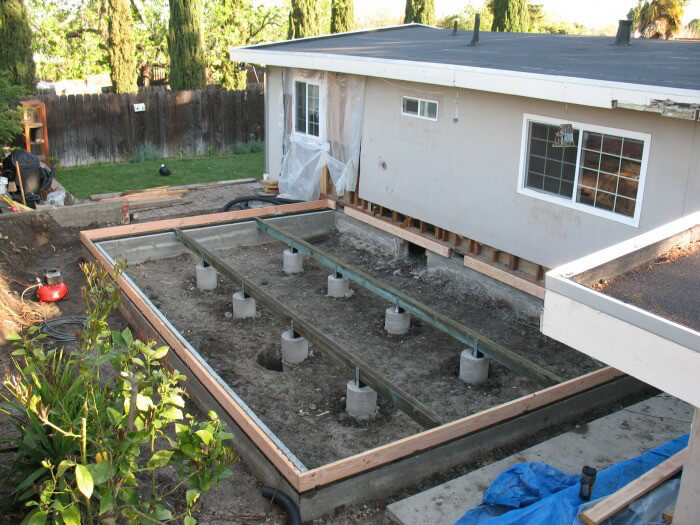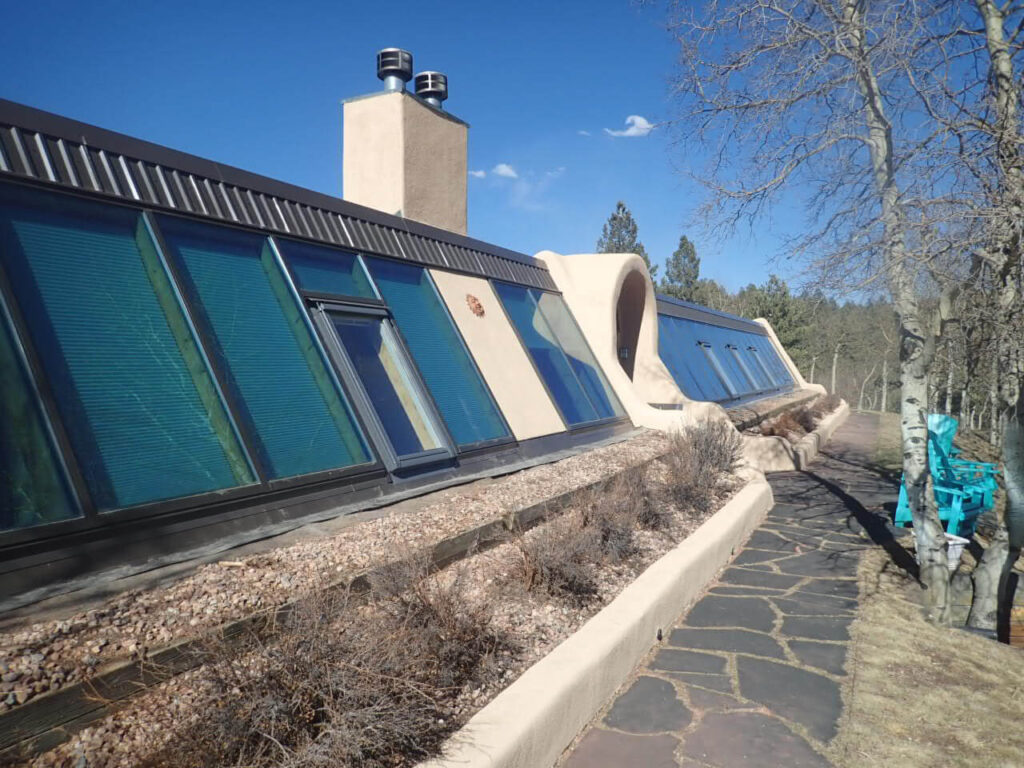Aluminum Glazing Systems: Everything You Need to Know
Aluminum glazing systems can be a bit of a mystery to those who are unfamiliar with them. However, they are an important component of modern construction and are used in a variety of applications, including windows, doors, and curtain walls. Understanding how these systems work and what their benefits are can help you make informed decisions about your next construction project. In this post, we will be demystifying aluminum glazing systems by explaining how they work, their advantages over other materials, and different types of glazing systems available. So, whether you’re an architect, contractor, or building owner looking to update your property, read on to learn everything you need to know about aluminum glazing systems.
Introduction to aluminum glazing system
Aluminum glazing systems have revolutionized the world of architecture and construction with their exceptional versatility and durability. From towering skyscrapers to sleek residential buildings, these systems have become a popular choice for designers and builders seeking modern and sustainable solutions.
But what exactly are aluminum glazing systems? In simple terms, they refer to the use of aluminum extruded profiles and glass panels to create greenhouses, sunrooms, passive solar roofs, walls and structures, windows, doors, curtain walls, and other structural elements in a building. The aluminum profiles provide a strong and lightweight framework while the glass panels allow natural light to flood in and offer stunning views of the surroundings.
Glass / polycabonate panels should never have contact with structural supporting wood members…. rafters, post and beams.
One of the key advantages of aluminum glazing systems is their incredible strength-to-weight ratio. Aluminum is a lightweight metal, making it easier to handle during installation and reducing the structural load on the building. Despite its lightweight nature, aluminum is also highly durable, resistant to corrosion, and able to withstand extreme weather conditions.
 In addition to their strength and durability, aluminum glazing systems offer exceptional design flexibility. The frames can be customized in various shapes, sizes, and finishes to match the unique aesthetic requirements of any project.
In addition to their strength and durability, aluminum glazing systems offer exceptional design flexibility. The frames can be customized in various shapes, sizes, and finishes to match the unique aesthetic requirements of any project.
Whether you prefer a sleek and minimalist look or a bold and eyecatching design, aluminum glazing systems can be tailored to meet your specific needs.

Custom wood skylight Moreover, aluminum glazing systems are renowned for their energy efficiency. The combination of aluminum frames and energy-efficient glass helps to minimize heat loss and maximize thermal insulation, reducing the reliance on artificial heating and cooling systems. This not only contributes to a more comfortable and sustainable indoor environment but also leads to significant energy savings in the long run.
As we delve deeper into the world of aluminum glazing systems, we will explore the different types, installation methods, maintenance tips, and much more. Whether you are a homeowner, architect, or construction professional, this comprehensive guide will equip you with the knowledge and insights needed to make informed decisions when it comes to incorporating aluminum glazing systems into your projects. So, let’s embark on this journey of demystifying aluminum glazing systems and uncover the endless possibilities they offer in the realm of modern construction.
The benefits of using aluminum glazing systems
Aluminum glazing systems have become increasingly popular in the construction and architectural industries. With their sleek and modern appearance, they offer numerous benefits that make them a preferred choice for many projects.
One of the key advantages of using aluminum glazing systems is their exceptional strength and durability. Aluminum is known for its high structural integrity, making it capable of withstanding extreme weather conditions and providing long-lasting performance. This durability ensures that your glazing system will stand the test of time, reducing the need for frequent repairs or replacements.
In addition to its strength, aluminum is also lightweight. This characteristic makes it easier to handle and install, resulting in reduced labor and transportation costs. Despite its lightweight nature, aluminum glazing systems do not compromise on security. They can be designed to incorporate robust locking mechanisms and advanced security features to ensure the safety of your building.
Another notable benefit of aluminum glazing systems is their versatility in design options. Aluminum profiles can be customized to fit various architectural styles, allowing for creative freedom and flexibility in designing the building envelope. Whether you prefer sleek and minimalist designs or intricate and ornate details, aluminum glazing systems can be tailored to meet your aesthetic preferences.
Aluminum glazing systems offer excellent thermal performance. With the advancement of technology, aluminum profiles can now be designed to include thermal breaks and insulation, effectively reducing heat transfer and improving energy efficiency. This results in reduced heating and cooling costs, making aluminum glazing systems an Eco-friendly choice.
In conclusion, the benefits of using aluminum glazing systems are extensive. From their durability and strength to their versatility in design options and sustainable nature, they are a reliable and Eco-conscious choice for any construction project.
Applications for aluminum glazing systems – click applications to see local Pro Seal Projects
When it comes to aluminum glazing systems, there are several types to consider depending on your specific needs and requirements. Understanding the different options available can help you make an informed decision and ensure the right system for your project.
Curtain Wall Systems, Window Wall Systems, Storefront Systems, Skylight Systems, Greenhouse Systems:
These systems provide the framework for windows, doors, and other glazed elements in a greenhouse or sunroom building. Aluminum framing systems offer strength, durability, and design flexibility, making them a popular choice in both residential and commercial construction.
By understanding the different types of aluminum glazing systems, you can select the most suitable option for your project based on factors such as building type, design requirements, energy efficiency, and budget. Consulting with professionals in the field can further assist you in choosing the right system that aligns with your specific needs and goals.
Components of an aluminum glazing system
To fully understand aluminum glazing systems, it’s vital to grasp the key components that make up these structures. Each element plays a crucial role in ensuring the functionality and performance of the system.
Factors to consider when choosing an aluminum glazing system
Choosing the right aluminum glazing system for your project requires careful consideration of several factors. By understanding these factors, you can make an informed decision that meets your specific requirements and ensures the success of your project.
Performance: One of the most important factors to consider is the performance of the glazing system. This includes its thermal insulation properties, sound insulation capabilities, and resistance to wind, water, and air infiltration. A high-performance glazing system can significantly contribute to energy efficiency, comfort, and durability of the building.
Design Flexibility, Maintenance and Durability, Cost and Value, Installation process of aluminum glazing systems
The installation process of aluminum glazing systems is a crucial step in ensuring the proper functioning and longevity of your glazing system. It requires careful planning, precision, and expertise to achieve a seamless and secure installation.
Before the installation begins, it is essential to have a thorough understanding of the specific requirements and design of your aluminum glazing system. This includes determining the dimensions, configuration, and placement of the glazing units, as well as any additional components such as framing, seals, and hardware.
The first step in the installation process is preparing the opening where the aluminum glazing system will be installed. This involves ensuring that the opening is clean, level, and free from any obstructions that could hinder the installation. It is also crucial to verify that the opening meets the necessary structural requirements to support the weight and load of the glazing system.
Next, the framing for the aluminum glazing system is installed. This typically involves attaching aluminum frames to the surrounding structure using screws or other suitable fasteners. The frames are carefully aligned and leveled to ensure a precise fit and proper functionality of the glazing system.
Once the framing is in place, the glazing units are installed. Depending on the specific design and requirements, these units may be fixed or operable, such as windows or doors. The glazing units are carefully positioned within the frames, ensuring a tight and secure fit. Seals and gaskets are then installed to provide weatherproofing and insulation, preventing any air or water infiltration.
Throughout the installation process, it is crucial to adhere to industry standards and guidelines, as well as any specific manufacturer instructions. This will help ensure the proper installation and performance of the aluminum glazing system, providing you with a durable and aesthetically pleasing solution for your architectural needs.
Maintenance and durability of aluminum glazing systems
When it comes to aluminum glazing systems, maintenance and durability are crucial factors to consider. These systems are known for their exceptional longevity and resistance to various environmental conditions, making them a popular choice for many architectural projects.
One of the key advantages of aluminum glazing systems is their low maintenance requirements. Unlike other materials that may require frequent painting or sealing, aluminum is highly resistant to corrosion and does not rust. This means that you can enjoy the aesthetic appeal of your glazing system without the need for constant upkeep.
Furthermore, aluminum glazing systems are designed to withstand the test of time. They are highly durable and can endure harsh weather conditions, such as strong winds, heavy rain, and intense sunlight. The inherent strength of aluminum allows it to maintain its structural integrity, ensuring the longevity of your glazing system.
To enhance the durability of your aluminum glazing system, regular cleaning is recommended. This involves removing dirt, debris, and any other substances that may accumulate on the surface. A simple cleaning solution of mild soap and water, along with a soft cloth or sponge, is usually sufficient to maintain the system’s appearance.
Additionally, it is important to inspect the joints, seals, and hardware of your aluminum glazing system periodically. This will help identify any signs of wear or damage that may require prompt attention. By addressing these issues early on, you can prevent further deterioration and ensure the continued performance and longevity of your glazing system.
In summary, aluminum glazing systems offer excellent maintenance and durability characteristics. With their resistance to corrosion, ability to withstand harsh weather conditions, and minimal maintenance requirements, these systems provide long-lasting functionality and aesthetic appeal for your architectural projects.
Conclusion: Why aluminum glazing systems are a popular choice
In conclusion, it is evident that aluminum glazing systems have become a highly popular choice in the construction industry. With their numerous benefits and versatile applications, they offer a compelling solution for architects, builders, and homeowners alike.
Aluminum glazing systems have rightfully earned their popularity in the construction industry. With their durability, energy efficiency, versatility, aesthetic appeal, and low maintenance requirements, they provide a reliable and sustainable solution for achieving optimal glazing in various architectural projects.
Whether it’s for residential, commercial, or industrial applications, these systems offer a range of benefits that make them a preferred choice for many.
We hope you found our blog post on aluminum glazing systems informative and helpful. We understand that the world of glazing systems can be complex and overwhelming, but we aimed to demystify it for you. By providing you with everything you need to know, we hope you now feel confident in understanding the ins and outs of aluminum glazing systems. Whether you are a homeowner, architect, or contractor, this knowledge will help you make informed decisions and achieve the desired results. Remember, if you have any further questions or need assistance, our team is always here to help.
Feel Free to contact us — ask for Ralph




